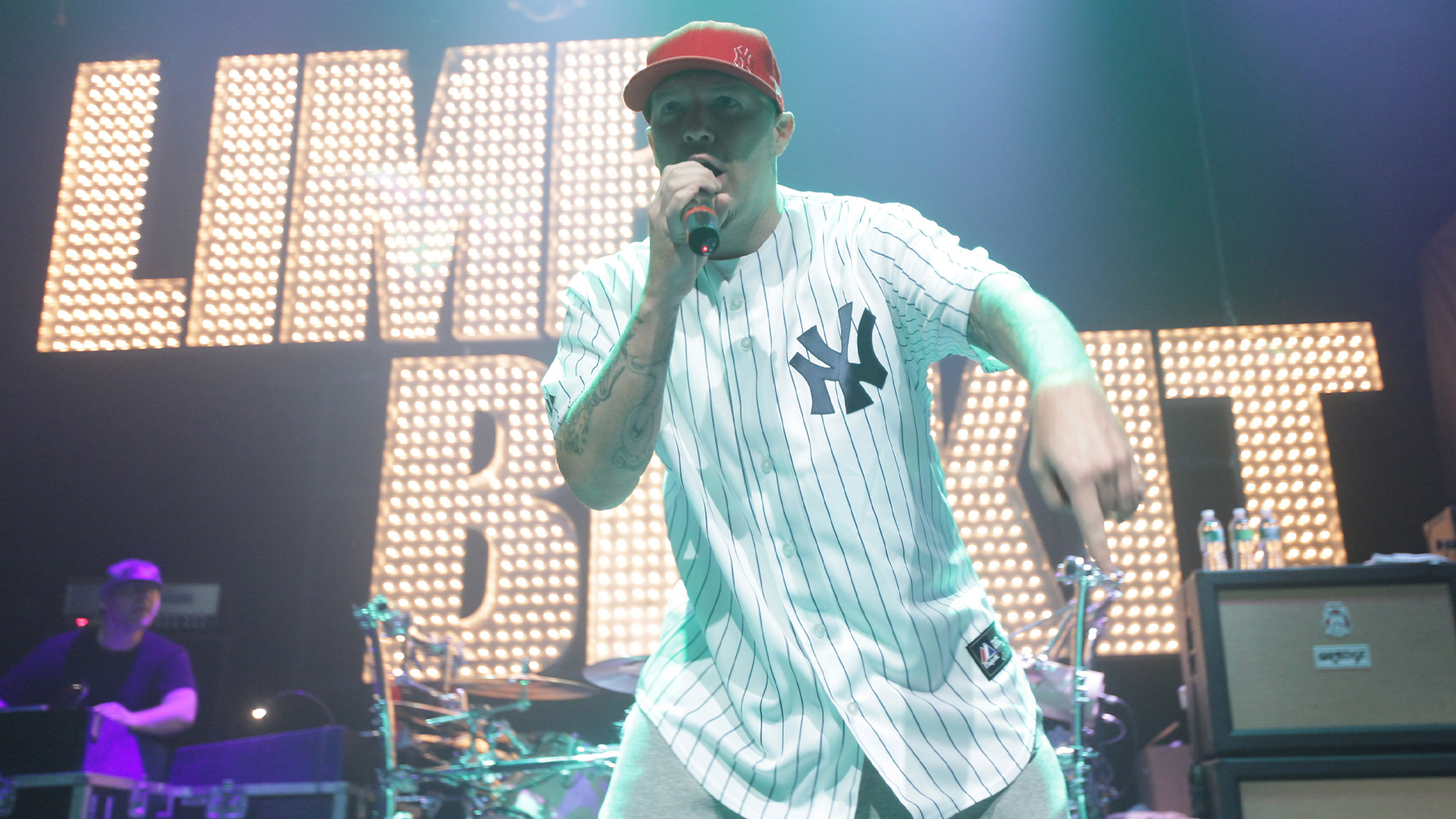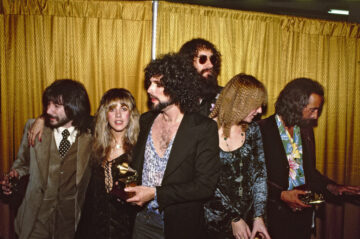Nu metal is quite simple, really. It’s a catch-all term for American bands in the mid-to-late-‘90s who made heavy music with layers of funk, dance and hip-hop influence. Whether that influence showed up in the rapping of Limp Bizkit, the swaggering basslines of Korn or the scratching turntables of Slipknot didn’t matter; it all fell under the same broad and hideously named umbrella. Yet, for many a metalhead, ‘nu metal’ is a four-letter word.
The genre remains the greatest commercial coup in heavy metal history. All of the aforementioned bands – as well as System of a Down, Linkin Park, Deftones and, erm, Kid Rock – courted mainstream relevance at the turn of the millennium.
Fred Durst was in music videos with Snoop Dogg, Korn were sponsored by Adidas (no, seriously) and Sevendust played on TV with Destiny’s Child. But they got there by rejecting the growls, technicality and timelessness of other offshoots like black and death metal. It was Sell-Out: The Musical for purists and, not long after the wave crashed in the mid-2000s, it became a widespread punchline.
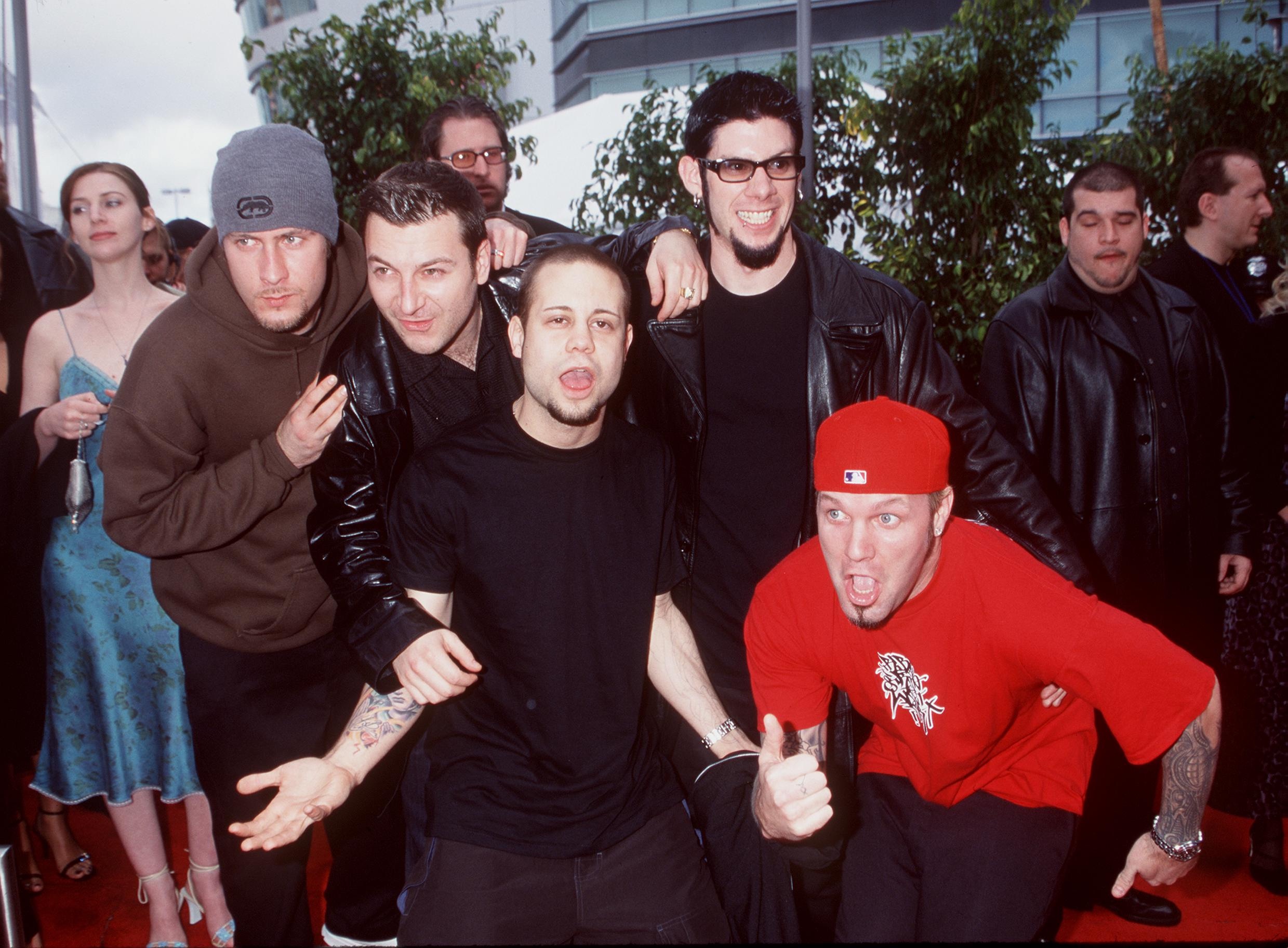
Limp Bizkit at the 42nd Grammy Awards. Photo: Brenda Chase.
For almost 15 years afterwards, that was the end of the story. The bands that defined nu metal either broke up, commercially flatlined or migrated to new musical pastures. Plus, the kind of counterculture the late ‘90s craved – the same swearing, offensive and violent angst that thrust Jerry Springer and “attitude era” WWF into both headlines and living rooms – was passé. As more ‘80s-inspired aggressors like Killswitch Engage and Lamb of God usurped the heavy metal kingdom, nu metal became a punchline in its own genre and the chances of a comeback plummeted to zilch.
Yet here we are. Last month, 85,000 people rocked up to the Sick New World festival and watched Korn and System of a Down headline in a 26-acre Las Vegas showground. A tweet went viral last month when it showed that, per Google Trends, nu metal is currently the most popular it’s ever been since.
And, last year, Metal Hammer spotlighted an ongoing second generation of nu metal bands in an article titled “It’s official: we are living through a nu metal renaissance”. For both an underground subculture sick of the incessant rapping and a mainstream that rolls its eyes over the memories of Fred Durst hosting award shows, it begs the question: how the fuck did we get here?
Before you can answer what made nu metal worth reviving, you need to understand its once-again beating heart. Although the hollow bravado of Limp Bizkit and later bandwagon-jumpers from Vanilla Ice to Kid Rock inspired equal love and hate, nu metal was born with a sensitive soul. Its characteristics stretch all the way back to the late ‘80s, from the rap metal of Faith No More megahit ‘Epic’ to Metallica’s Black Album and its percussive groove, but Korn’s 1994 debut is often considered the subgenre’s start.
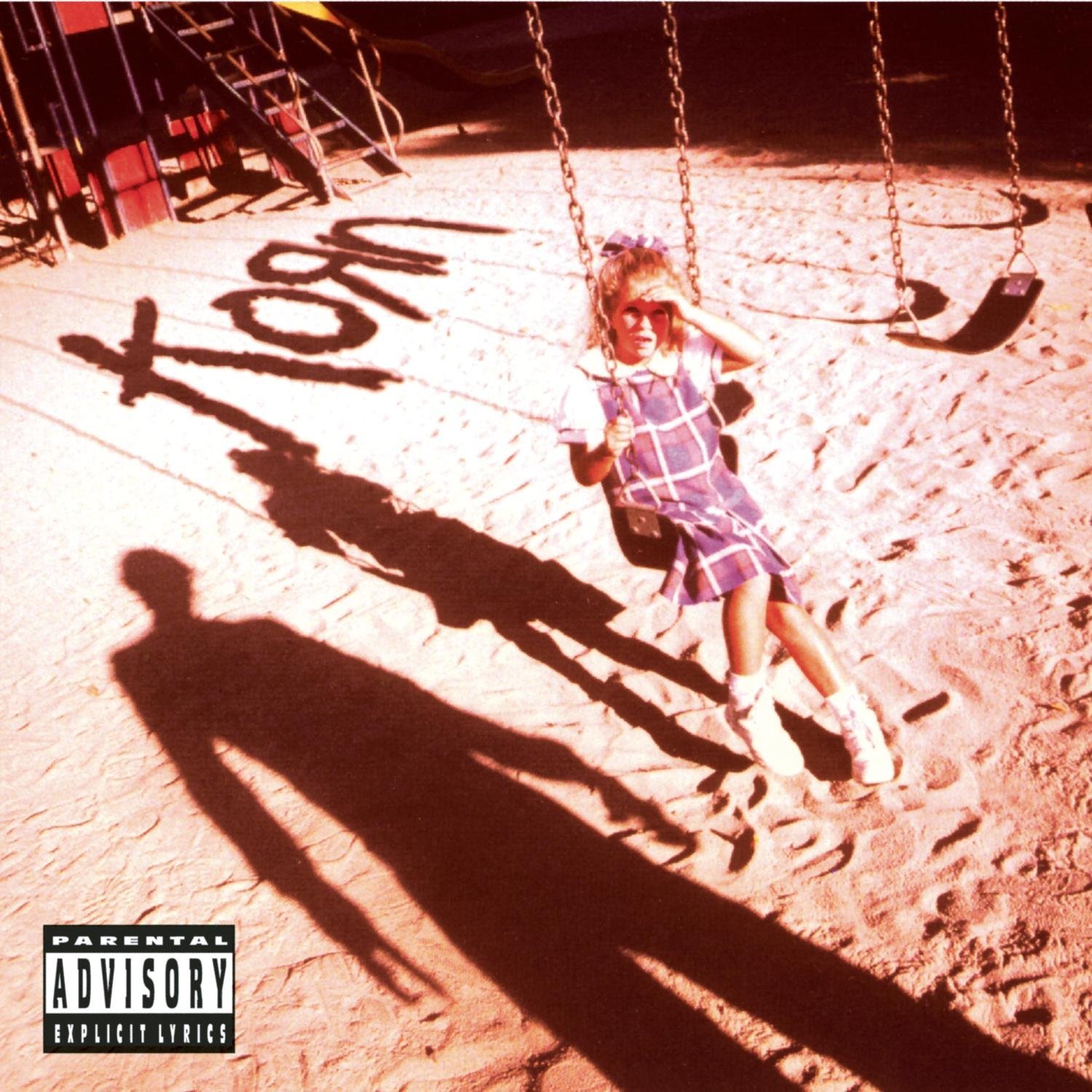
Korn’s 1994 debut studio album.
Korn weren’t metal kids. Singer Jonathan Davis grew up a new-wave goth smitten with Duran Duran and Depeche Mode, and guitarist James “Munky” Schaffer loved funk-rock and hip-hop. As a result, their first album was more rhythm-powered than your grandad’s heavy metal, with Munky’s seven-string finding new heights of heavy but flaunting none of the virtuoso athletics of Iron Maiden or Judas Priest.
Jonathan – abused as a child but still a tender New Romantic – eschewed the metaphors of typical metal and sang openly autobiographical lyrics. Heavy music had never felt as real as it had on the song ‘Daddy’, where the frontman openly weeps about being sexually assaulted at a young age.
Korn was lauded upon release and topped the US Heatseeker Album Chart (i.e. the chart for new, up-and-coming talent). It largely inspired another chart smash, Roots by Sepultura, which melded mid-paced metal with the rhythmic oomph of Brazilian tribal drumming.
Then, in 1997, Limp Bizkit’s gangsta-rappin’ debut Three Dollar Bill, Y’all$ and Deftones’ crooning, chord-driven Around the Fur broadened heavy music’s appeal to hardened hip-hop jocks and stoner skateboarders, respectively.
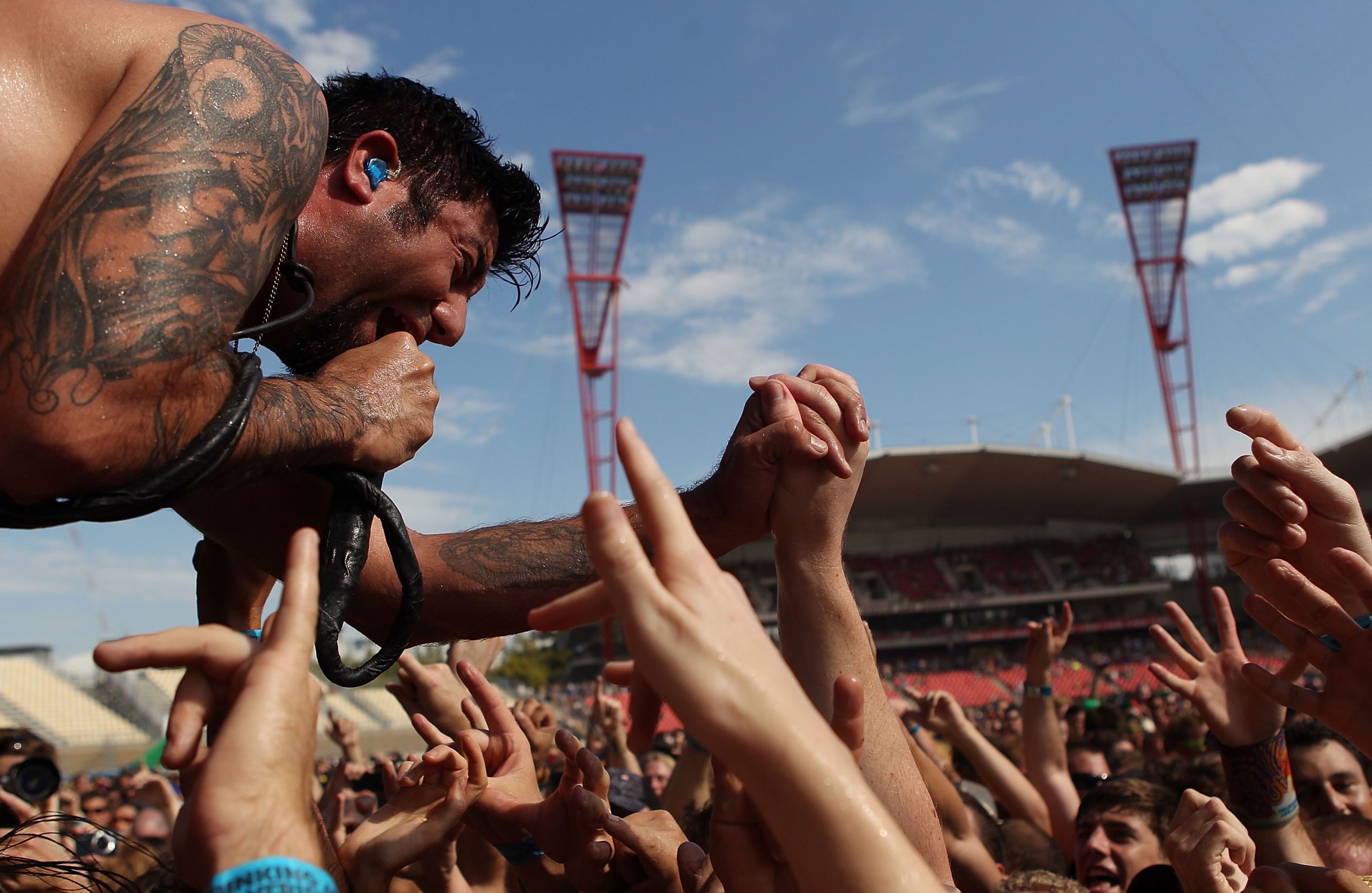
Chino Moreno of Deftones performing in Sydney in 2011.
These albums all reached a wider world outside of heavy metal’s usual audience – but that became the problem. For every System of a Down, Slipknot and Linkin Park to ride the crest of nu metal, there were a hundred Ademas, Taproots and Trapts: uninspired rip-offs that saturated the scene and drowned-out other, better bands, all because they pined for a mere drop of the pioneers’ relevance. Limp Bizkit still hadn’t shown any emotional depth beyond posturing violence, and veterans like Machine Head joining the movement got them lambasted as chancers.
This is when nu metal truly poisoned its own legacy, exhausting the mainstream and extreme music underbelly alike. By 2003, countless people felt overexposed to the sound and the bands whose lyrics were crammed with brazen hypermasculinity didn’t reflect their aging fanbase’s outlook anymore. Korn and Limp Bizkit commercially shrunk, Slipknot became more genre-amorphous with acoustic touches, and System of a Down neared their implosion.
This is the sour taste of nu metal that lingered for 15 years – but then nostalgia for its early glories proved powerful enough to overwhelm it. Pop culture famously runs in two-decade-long cycles so, by 2016, Korn were climbing up the charts again and co-headlining Wembley Arena with Limp Bizkit. Deftones headlined the same 12,500-capacity venue for the first time since 2003 that year, as well.
The same can be said of the next-generation bands reviving the trend. When they debuted in 2016, Cane Hill were strongly compared to Korn, with their lyrics showing similar depth as they explored abusive relationships, dying young and drug addiction. There’s also been an influx of up-and-comers thrusting the genre in different (and long-overdue) directions: Orbit Culture are an unprecedented nu/death metal mix, rushing from slow, hulking percussion to flurries of tremolo picking and blast beats.
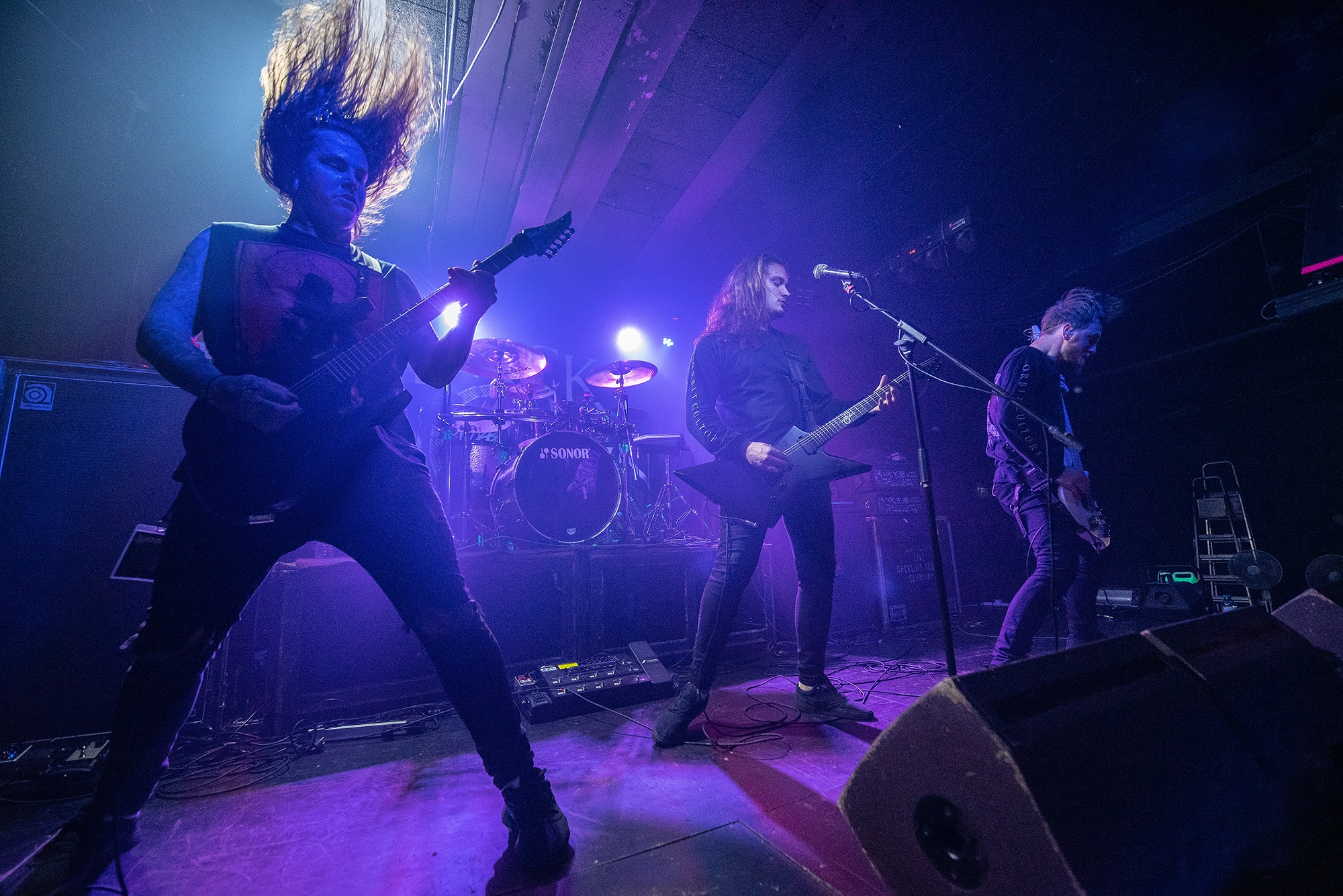
Orbit Culture are an unprecedented nu/death metal mix. Photo: Sabrina Ramdoyal.
“Nu metalcore” is now a thing too, spearheaded by Issues’ RnB vocals over heavy riffs and the Deftones-meets-Code-Orange fury of Loathe. With metal now once again an underground phenomenon, these upstarts get to take the chances their idols faced too much commercial pressure to try.
And you know what: good. Nu metal is often far from the mindless bragging that the second-wave coattail-riders made everybody believe it is. When in the hands of earnest artists, it’s a malleable sound that can be disorientating, infectious and ferocious. Korn, Deftones and System of a Down at their best still feel nowhere near as dated as they were unfairly bashed for being.

